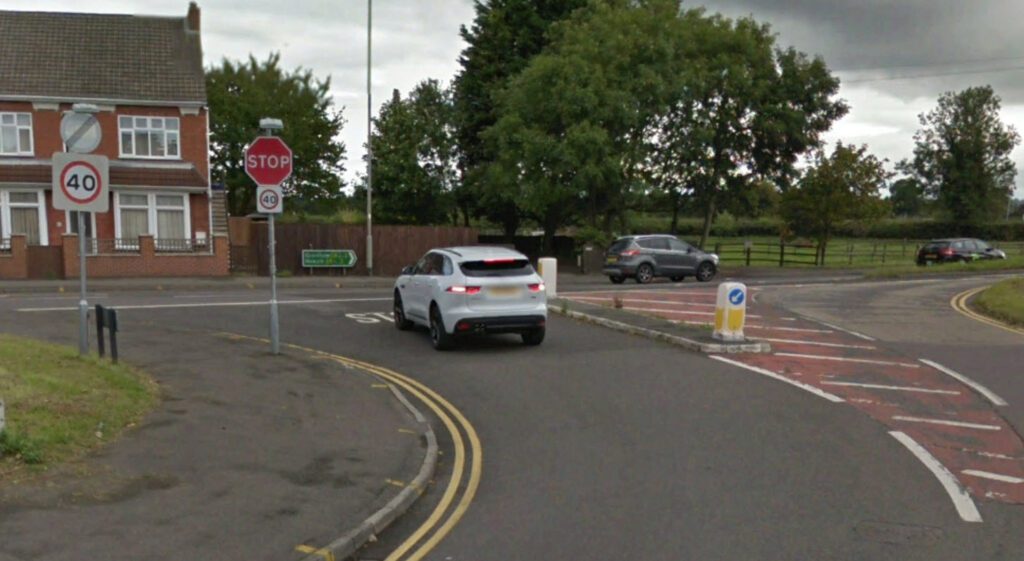
Over the last year, I have been providing familiarisation driving sessions to Ukrainian refugees to help them get settled in the UK and help them get jobs. One of them has recently come back to me because he wants to get a full UK licence.
I have just learned a lot. There is a post on the blog concerning non-UK drivers and the various options for exchanging licences. In that, I listed the various countries with which there is a reciprocal arrangement, meaning full licences from those countries can be exchanged for UK ones without any test being required. Ukraine was not on that list (as of 2019).
When I did my sessions with this guy (who is from Mariupol, which for all practical purposes no longer exists) in early summer, I told him that we’d sort something out and he should contact me if he needed me later in the year. He did a few weeks ago, and I advised him he needed to apply for a UK Provisional Licence, then book a Theory Test, and we’d get driving lessons on the go to get him a licence as quickly as possible.
That was true in 2019, but not now, and I was wrong.
Ukraine is now a designated country. Refugees who hold a full Ukrainian licence can exchange it for a UK licence. But there are conditions.
What you can exchange your licence for
If you passed your driving test before 28 December 2021
You can only exchange your driving licence for a UK licence that allows you to drive automatic vehicles.
If you passed your driving test on or after 28 December 2021
If your current licence allows you to drive manual vehicles, you can exchange it for a UK licence that allows you to drive manual vehicles.
GOV.UK
Now, this is a problem for the guy in question. Right now, he has bought a manual car and is driving it on his Ukrainian licence for the 12 months he is allowed. He wants to drive manual, but he passed his test in Ukraine before December 2021 and can therefore only exchange his licence for an Automatic one. According to DVLA, this is because the Ukrainian authorities cannot provide proof of entitlement for manual prior to December 2021, so that’s why this restriction is in place. We just have to work with it, because it is what it is.
Anyone wanting to exchange their non-UK licence needs to complete Form D1. This applies to any Ukrainian refugees who hold a full Ukrainian licence.
I’m not sure how this is going to proceed at the moment. If he was prepared to drive an Automatic, he wouldn’t have to do anything at all, but if he insists on Manual then he’s going to have to pass a Manual driving test.
But whatever. I will help him.
Edit 29/12/2022 – Some Clarification
The Ukrainian authorities cannot provide information concerning whether candidates passed in a manual or automatic vehicle prior to 28 December 2021. If you passed your test in Ukraine after that date, then your licence details from the Ukrainian agencies will indicate whether it was manual or automatic entitlement. If you passed before that date, the agencies cannot provide that detail, and so automatic is assumed.
So, if you have a manual licence from Ukraine awarded after 28 December 2021 , you can exchange it for manual UK licence and simply carry on driving in manual or automatic in the UK, as you prefer. You might want to get some refresher training, but you are legally allowed to drive in the UK.
If you have an automatic licence from Ukraine, then you can exchange it for an automatic UK licence and carry on driving automatic vehicles. You will not be legally allowed to drive a manual car unless you are accompanied by a qualified manual driver (exactly the same as for any automatic licence holder in the UK). An automatic licence serves as a Provisional Licence for manual cars, and you are effectively a learner if you drive a manual vehicle. You will have to pass the Practical Driving Test in a manual vehicle to gain this entitlement, but you will not need to pass the Theory Test.
If you passed your test in Ukraine before 28 December 2021, then your licence is assumed to be for automatic vehicles only and can only be exchanged for an automatic UK licence.
This is obviously unfortunate for many older Ukrainian refugees, who will almost certainly have passed their tests many years ago.
If you did not pass a test in Ukraine and do not hold a full Ukrainian driving licence, then you will need to apply for a UK Provisional Licence, pass the Theory Test, then pass the Practical Driving Test. This is exactly the same for anyone wanting to learn to drive.









